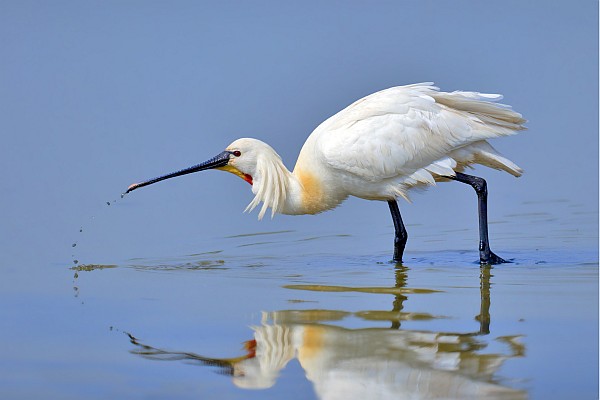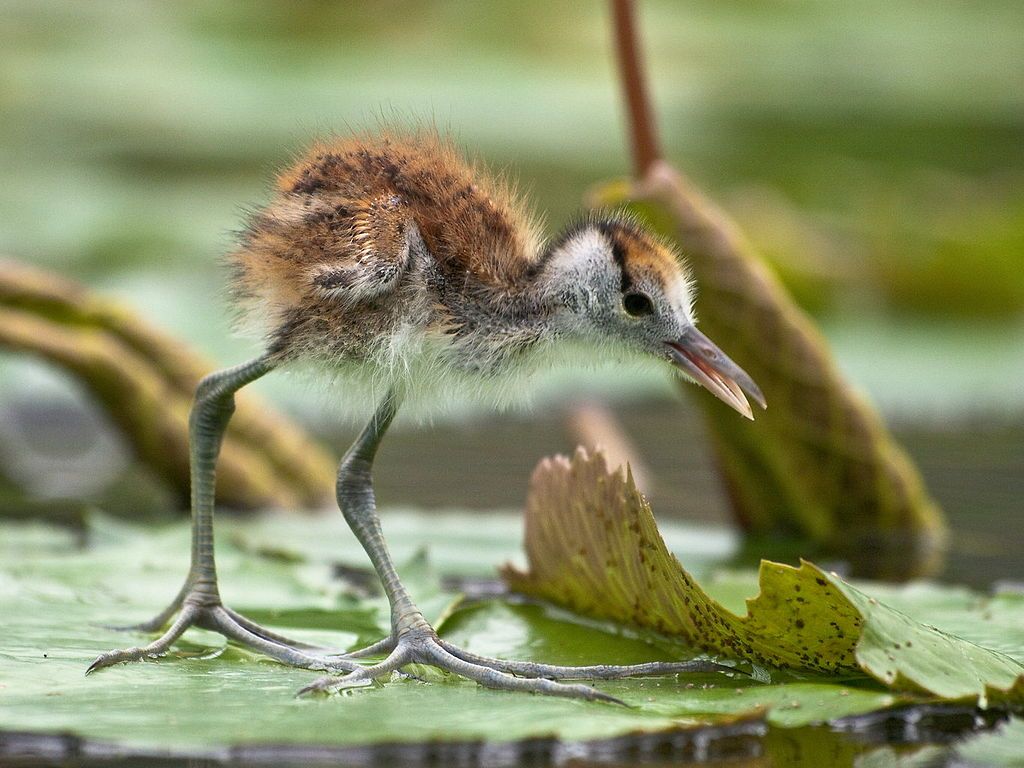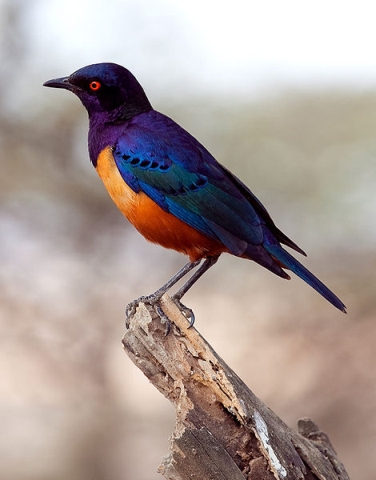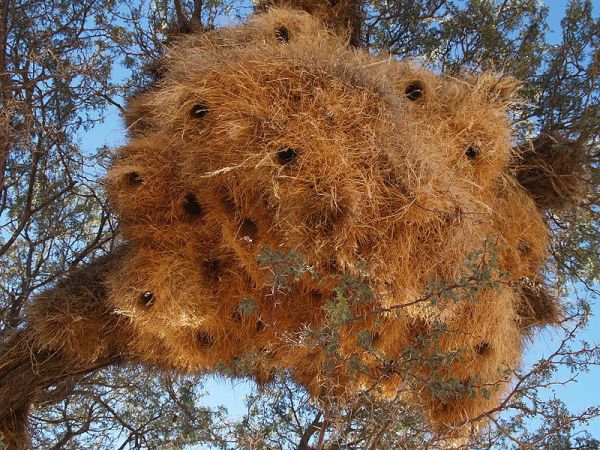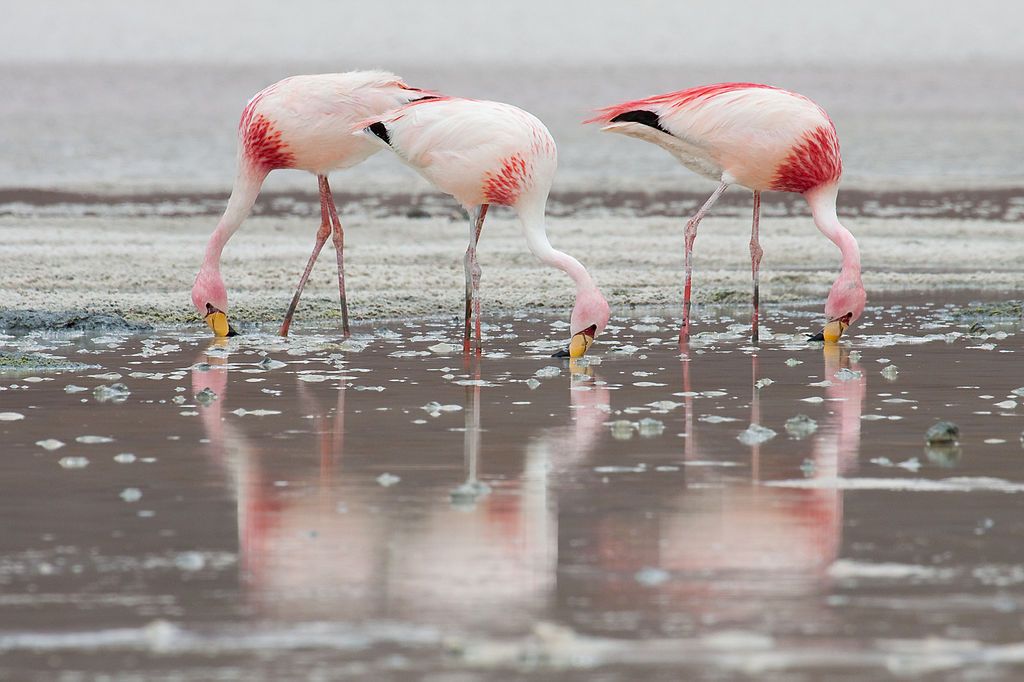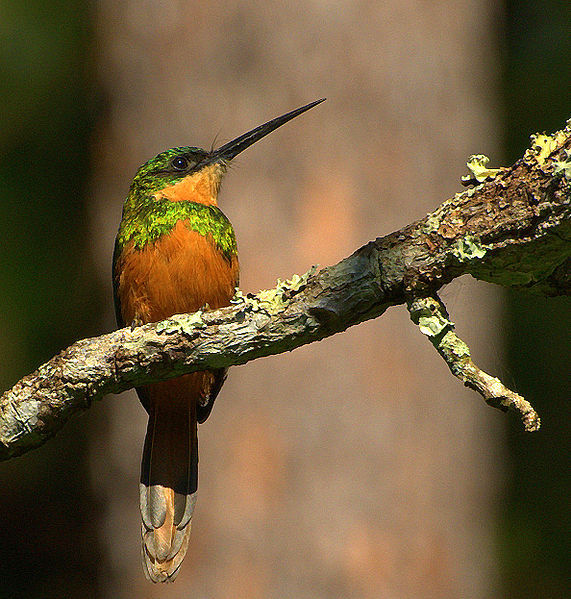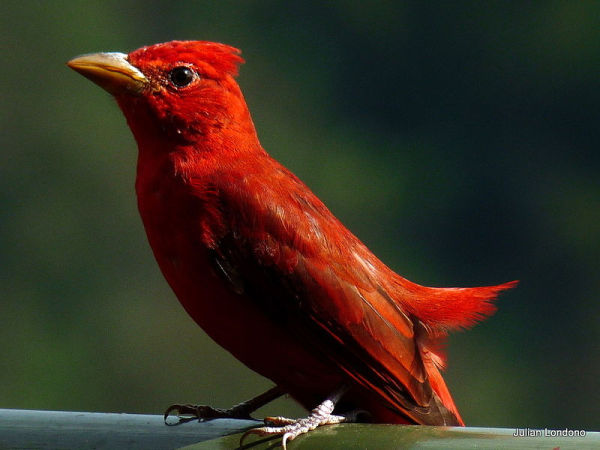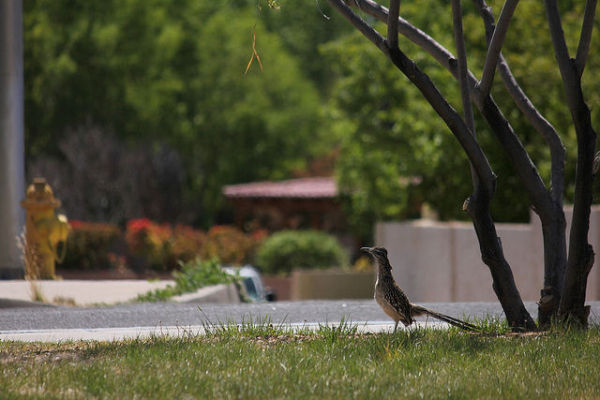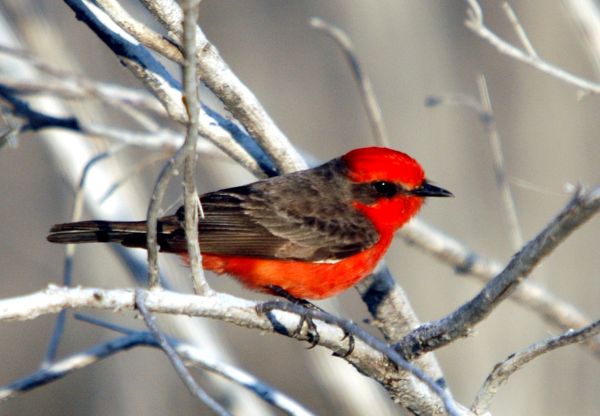video from EagleOwl321 in YouTube
16 September 2011
“City eagle-owl-boy’s flight tour”
Peregrine fans know the excitement of waiting and watching for a nestling to make its first flight. In Helsinki, Finland last April fans of the Eurasian eagle owl experienced the same excitement and a successful rescue.
The Eurasian eagle owl (Bubo bubo or Huuhkaja in Finnish), ranges from Norway to China and is similar to our great horned owl though much larger. The eagle owl’s wingspan is 4.5 to 6.5 feet and it weighs 3.3 to 10 pounds (females are largest) compared to a 5 ft wingspan and average 3.1-pound weight for our great horned owl. These birds are huge!
Until recently eagle owls lived only in the countryside in Finland but in 2005 the burgeoning rabbit population attracted them to Helsinki. Slowly their numbers increased but there was no nest in the city until a pair chose the roof of the Forum Shopping center this spring, a site easily monitored from the building across the street. Everyone was excited to see the Helsinki city nest because the eagle owl is a national sports symbol in Finland(*).
By the 20th of April the nestlings were roaming the roof and ready to fledge. One of them attempted a short airborne hop but he miscalculated and it became his first city tour, complete with a rescue by the fire department from the top of the “Southern Fried Chicken” sign where you see him perched above.
The video is a compilation of his adventure from the roof to the rescue net. I love how the fireman waves at him and points to the sky as if to say, “Look up there. Don’t look at my net.”
The owlet was returned to his nest and later fledged successfully.
.
(*) National sports symbol: Finland’s soccer team has been nicknamed the “Eurasian Eagle Owls” ever since 6 June 2007 when an eagle owl landed on the field during a Euro 2008 Finland-vs-Belgium qualifying match at Helsinki Olympic Stadium. The game was suspended during the eagle owl’s visit and the crowd cheered “Huuhkaja!” Finland won the game 2-0. The owl was nicknamed Bubi and “Helsinki Citizen of the Year.” See a video of his game-time visit here. (Bubi is not one of the parents of this owlet; Bubi’s territory is at the stadium.)
(video of Eurasian eagle-owl fledging from YouTube)
